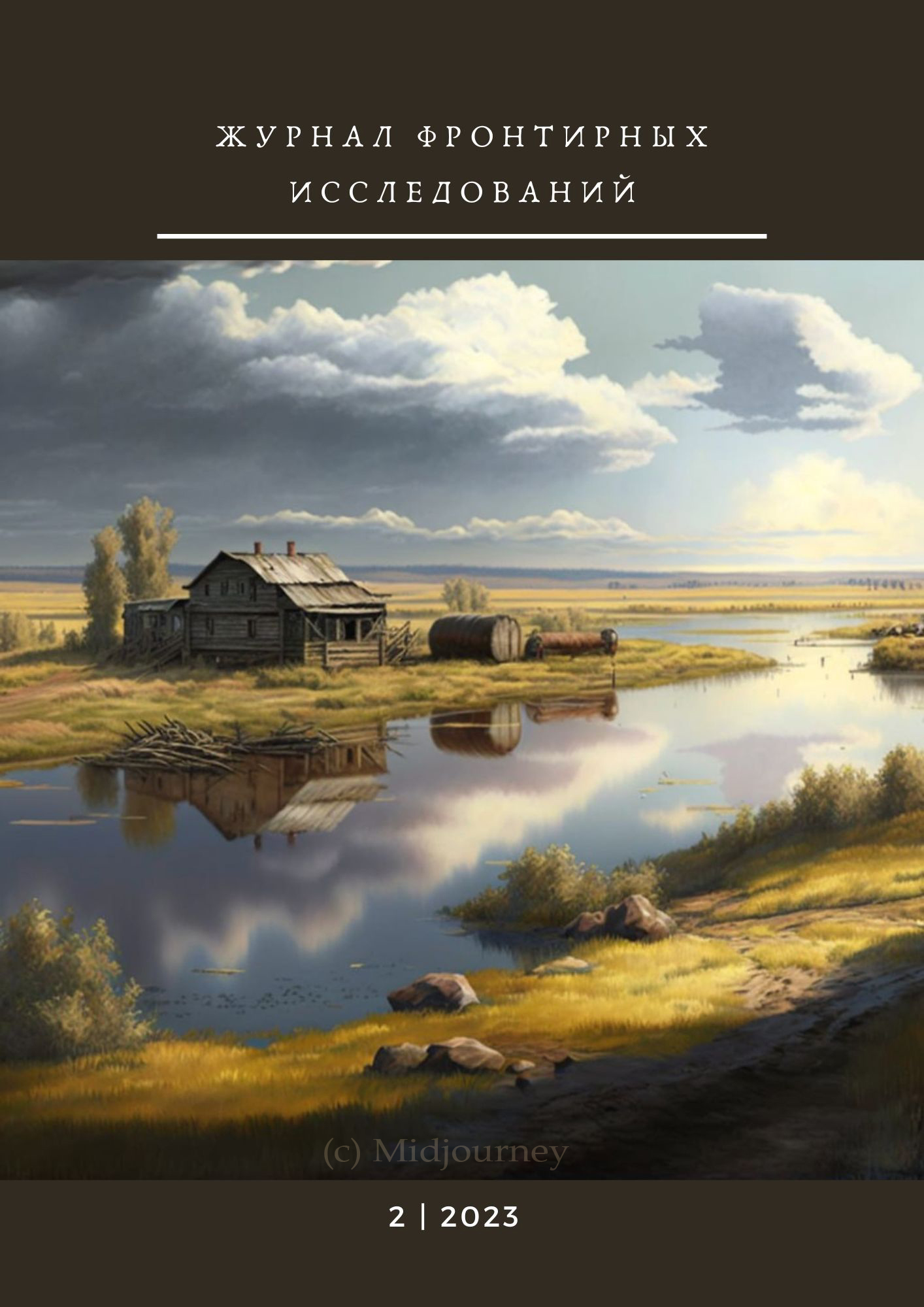Аннотация
С осени 1944 года венгры в Закарпатье стали жертвами жестоких зверств. Десятки тысяч мирных жителей были депортированы в трудовые лагеря. Упоминание о жертвах «злой робы» было запрещено, так как это противоречило интересам правящей коммунистической элиты Венгрии. Только 45 лет спустя, в 1989 году, начался процесс выяснения истины. В 1990-х годах был создан Мемориальный парк Свалявы. В данном исследовании мы анализируем идеальный тип: восстановление коллективной памяти венгров, составляющих теперь меньшинство в Закарпатье, – это уникальная история, однако ее можно интерпретировать на универсальном уровне, на уровне человечества. Из истории Свалявы становится очевидным, что сохранение коллективной памяти имеет решающее значение для любого сообщества, особенно для этнических меньшинств. Поскольку аксиома Вико гласит, что общая высшая истина отражает то, что в сущности является человеческим, судьба венгерских общин в Закарпатье представляет себя на универсальном уровне. Освобождение путей реконструкции коллективной памяти общины повлияло на процесс восстановления давно утраченных свобод. В то время как старшие поколения наконец-то вернули себе право скорбеть, оплакивать и помнить свое прошлое, молодые поколения получили возможность интегрировать некогда запретное прошлое в основы своего будущего, что способствовало возрождению венгерской идентичности и изменило рамки существования общины с 1990 года.
Литература
Abruzzi, W. S., Brown, J., Durbin, T. E., Fidler, R. C., Hardesty, D. L., Hinton, P., Hurlich, M. G., Kennedy, J. C., Levine, H. B., Veiga, U. M., Moerman, M., Pelt, F. L., Ross, E. B., Vasulu, T. S., & Winterhalder, B. (1982). Ecological Theory and Ethnic Differentiation Among Human Populations [and Comments and Replies]. Current Anthropology, 23(1), 13–35. https://doi.org/10.1086/202777
Assmann, J. (2011). Cultural memory and early civilization: Writing, remembrance, and political imagination. Cambridge University Press. https://doi.org/10.1017/CBO9780511996306
Barta, G. (1994). The Emergence of the Principality and its First Crises (1526–1606). In B. Köpeczi, G. Barta, I. Bóna, L. Makkai, Z. Szász, & J. Borus (Eds.), History of Transylvania (pp. 247–300). Akadémiai Kiadó.
Biczó, G. (2004). Asszimilációkutatás – elmélet és gyakorlat. [Research of Assimilation—Theory and practice]. MTA PTI Etnoregionális Kutatóközpont. (In Hungarian).
David, R. A. (1975). The Egyptian Kingdoms. Elsevier Publishing projects SA.
Dupka, G. (1993). Egyetlen bűnük magyarok voltak. Emlékkönyv. A Sztálinizmus Kárpátaljai áldozatairól (1944 – 1946). [Their only sin was their Hungarianness. On the Transcarpathian Victims of Stalinism (1944 – 1946)]. INTERMIX. (In Hungarian).
Dupka, G. (2009). Népünk temetője: Szolyva [Our People’s Cemetery: Szolyva]. Kárpátaljai Magyar Művelődési Intézet. (In Hungarian).
Dupka, G. (2014). A kollektív bűnösség elvének alkalmazása a kárpátaljai magyarokkal és németekkel szemben, a 4. Ukrán Front Katonai Tanácsa határozatainak végrehajtása az NKVD-jelentések tükrében, 1944–1946. [How the principle of collective guilt was carried out against the Hungarian and German populations of Transcarpathia (on the strength of the execution of the decisions of the Military Board of the 4th Ukrainian Front in 1944 – 1946] [Doctoral (PhD) dissertation, Pázmány Péter Catholic University]. https://doi.org/10.15774/PPKE.BTK.2014.014 (In Hungarian)
Fromm, E. (1983). Escape form Freedom. Avon Books.
Gambarota, P. (2017). Giambattista Vico, the Vernacular, and the Foundations of Modern Italy. Irresistible Signs. University of Toronto Press.
Gennep, A. V. (1960). The Rites of Passage. University of Chicago.
Gereben, F. (1999). Identitás, kultúra, kisebbség [Identity, culture, minority]. Osiris-AKM. (In Hungarian).
Gereben, F. (2001). A vajdasági magyarok nemzeti és kulturális identitás [The National and Cultural Identity of Hungarians in Vojvodina]. Kisebbség Kutatás, 10(3), 388-400. (In Hungarian).
Halbwachs, M. (1992). On collective memory. The University of Chicago Press. https://doi.org/10.7208/chicago/9780226774497.001.0001
Higgs, R. (2015). Tolstoy’s Manifesto on the State, Christian Anarchy, and Pacifism. The Independent Review, 19(3), 471–479. JSTOR.
Kahler, F. (2014). Az Igazság Canossa-járása avagy a rendszerváltoztatás és az igazságtétel történetéhez. [The Truth of Road to Canossa or to the history of political regime change and justice.]. Antológia Kiadó. (In Hungarian).
Kárpátalja 1. Évfolyam—Magyar a Magyarért Alapítvány [Transcarpathia Year 1—Hungarian for Hungarians Foundation]. (1990). Magyar a Magyarert. https://www.magyaramagyarert.hu/karpatalja/karpatalja-1-evfolyam?task=document.viewdoc&id=15 (In Hungarian)
Kosáry, D. (1983). Művelődés a XVIII. századi Magyarországon [Culture in Hungary in the 18th century]. Akadémiai Kiadó. (In Hungarian).
Molnár, D. E. (2015). Kárpátaljai magyarok a Szovjetunió hadifogoly- és munkatáboraiban (1944-1953). [Hungarians in Transcarpathia in the prisoner-of-war and labor camps of the Soviet Union (1944-1953)] [Doctoral (PhD) dissertation]. University of Debrecen. (In Hungarian).
Nora, P. (1996). Realms of Memory: Rethinking the French Past (Vols. 1-Conflicts and Divisions). Columbia University Press.
Smith, A. D. (1991). National Identity. Penguin Books.
Spira, G. (1980). A nemzetiségi kérdés a negyvennyolcas forradalom Magyarországán [The issue of nationality in the Hungary of the Forty-Eighth Revolution]. Kossuth Kiadó. (In Hungarian).
Terdik, Sz., & Demján, Sz. (2020). Mankovits Mihály (Michael Mankovits) festőművész (1785 – 1853) [Mihály Mankovits (Michael Mankovits) painter (1785—1853)]. Magyar a Magyarért Alapítvány. (In Hungarian).
Turner, W. V. (1967). Betwixt and Between: The Liminal Period in Rites de Passage. In The Forest of Symbols (pp. 93–111). Cornell University Press.
Varga, É. M. (2008). Magyar hadifoglyok és internáltak a Szovjetunióban az oroszországi levéltári források türkrében (1941 – 1956) [Hungarian prisoners of war and internees in the Soviet Union in the sources of Russian archives (1941—1956)]. Eötvös Loránd University, Faculty of Humanities and Social Sciences. (In Hungarian).
Vico, G. (1979). Az új tudomány. [The New Science]. Akadémiai Kiadó. (In Hungarian).
Vico, G. (2020). The New Science (J. Taylor & C. R. Miner, Trans.). Yale University Press. https://doi.org/10.2307/j.ctvt1sgbh

Это произведение доступно по лицензии Creative Commons «Attribution» («Атрибуция») 4.0 Всемирная.

